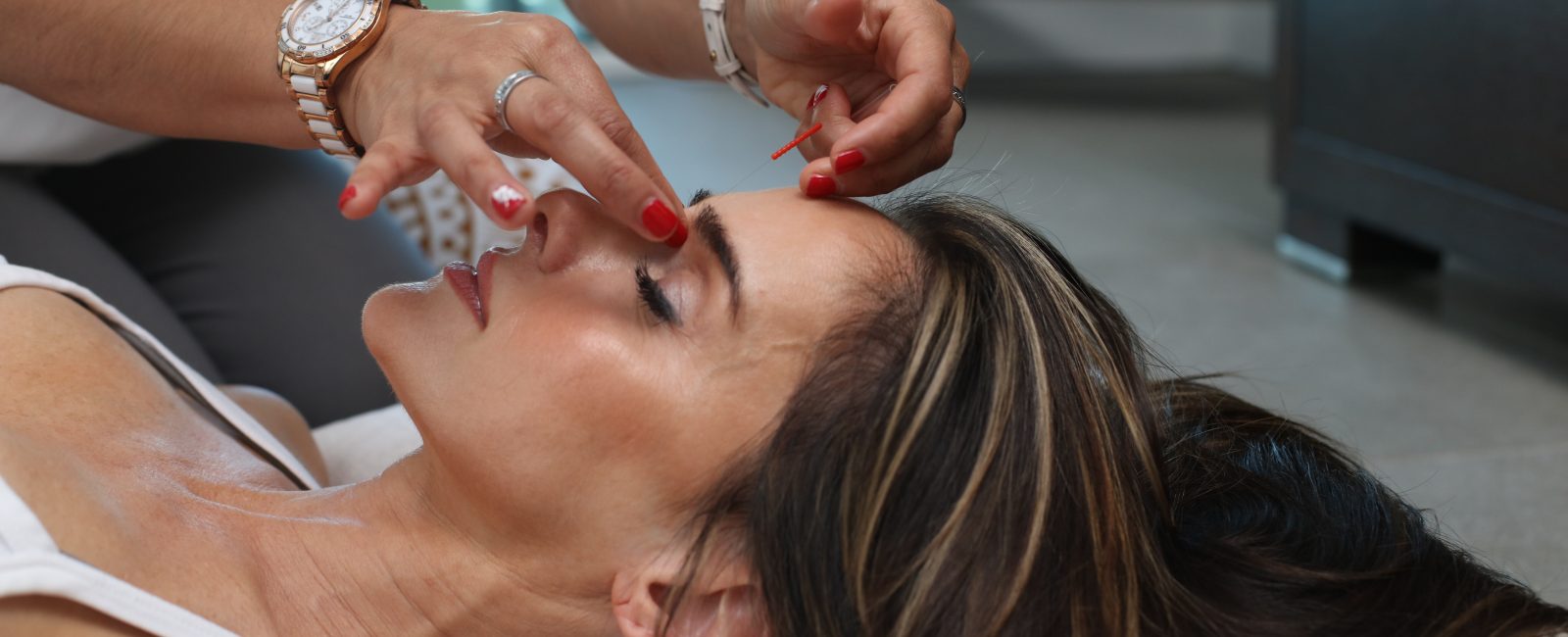Welcome to our detailed exploration of microneedling, a skincare technique that has sparked considerable interest in the beauty world, particularly in the UK. This guide aims to provide a thorough understanding of what microneedling is, its numerous benefits, the process involved, and other essential aspects.
What is Microneedling?
Microneedling, also referred to as collagen induction therapy, is a process where fine needles are used to create tiny punctures on the top layer of the skin. This action is not as daunting as it sounds; it’s a controlled method of inducing the skin to produce collagen and elastin, which are vital for healthy, youthful skin. The procedure typically involves tools such as derma rollers or professional microneedling devices. These tools cause small injuries to the skin, which in turn kickstart the body’s natural healing process, resulting in cell turnover and increased collagen and elastin production.
Benefits of Microneedling
The benefits of microneedling are quite extensive and backed by various scientific studies. This treatment is known for its ability to rejuvenate the skin, enhancing its texture and firmness. It can significantly reduce the appearance of scars, pore size, and even stretch marks, making it a versatile option for those looking to improve their skin’s appearance. Additionally, microneedling facilitates the deeper absorption of skincare products, ensuring they work more effectively.
The Microneedling Procedure
Understanding how microneedling is performed can help alleviate any apprehensions. The process starts with cleansing the skin to remove any impurities or makeup. This is followed by the application of a numbing cream to minimize discomfort during the procedure. The practitioner then gently moves the microneedling device across the skin, ensuring even coverage. Finally, a soothing serum or mask is often applied to the treated area to calm the skin and aid in the healing process. After the procedure, following the aftercare advice provided by the professional is crucial to maximise the results and minimise any potential side effects.
Risks and Considerations
Despite its benefits, microneedling is not without risks. Common side effects include redness and swelling of the skin. In rare cases, there might be a risk of infection, especially if the procedure is not performed under sterile conditions. Therefore, it’s essential to have microneedling done by a qualified and experienced professional and to discuss any concerns or skin conditions before the treatment.
Personal Experiences and Testimonials
Many individuals who have undergone microneedling report significant improvements in their skin’s appearance. Personal testimonials and before-and-after photos often highlight these changes, showcasing reductions in scars, wrinkles, and improvements in skin texture and firmness. These personal stories can be particularly inspiring for those considering the treatment.
Professional vs. At-Home Microneedling
When it comes to microneedling, there’s a choice between professional treatments and at-home kits. Professional treatments are generally more effective and safer. These treatments are performed with advanced equipment and by professionals who understand skin anatomy and the proper technique. At-home derma rollers, while accessible, are typically less potent and can pose a higher risk of infection if not used correctly and hygienically.
Frequently Asked Questions
One common question about microneedling is regarding its pain level. Most people experience only mild discomfort, thanks to the numbing cream applied before the procedure. The cost can vary, but in the UK, prices generally range from £100 to £300 per session. As for recovery time, most people can resume their normal activities within a day, although the skin may appear red for up to 48 hours after the treatment.
Conclusion
Microneedling offers a promising solution for various skin concerns, but like any cosmetic treatment, it requires careful consideration. It’s important to weigh the benefits against the risks and to seek treatment from reputable professionals. As with all skincare treatments, individual results may vary, and it’s essential to have realistic expectations and follow the aftercare advice provided by your skincare specialist.




